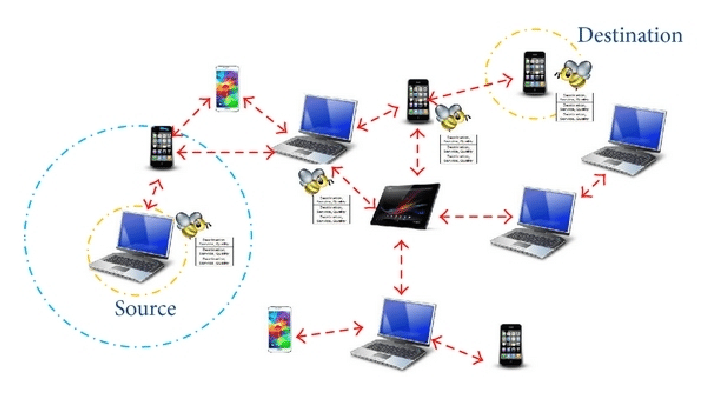Mobile Ad hoc Networks (MANET): A Comprehensive Guide

Course Content
Introduction to Mobile Ad hoc Networks (MANET)
-
Definition and concept of MANET
00:00 -
Characteristics and advantages of MANET
00:00 -
Applications and use cases of MANET
00:00 -
Challenges and limitations of MANET
00:00